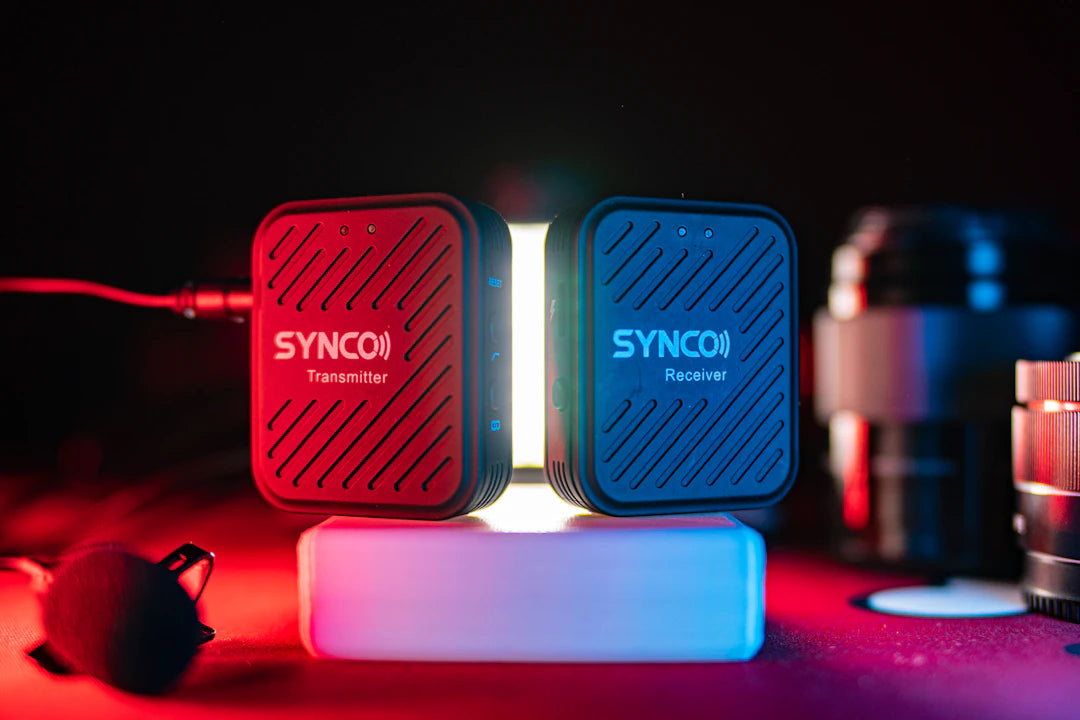Overview
Understanding microphonics is crucial for achieving the desired tone in electric guitars. This blog explores what microphonics are, how they affect sound quality, common signs of microphonic pickups, and ways to prevent unwanted feedback. It also discusses the influence of pickup design, playing techniques, and the importance of experimentation in finding your unique sound. Engaging with the guitar community can provide insights, and experimenting with different setups can enhance your skills and creativity.
Frequently Asked Questions
1. What are microphonics in guitar pickups?
2. How do microphonics affect sound quality?
3. What are common signs of microphonic pickups?
4. How can I prevent microphonics in guitar pickups?
5. Does playing technique affect microphonics?
When it comes to achieving the perfect tone in your electric guitar, you may focus on various components like strings, amp settings, and even your playing technique. However, one often-overlooked aspect is the role of microphonics in guitar pickups. In this post, we'll delve into what microphonics are, how they affect sound, and why they matter, especially for those searching for the best Stratocaster pickup set or high-quality american guitar pickups.
Understanding Microphonics
Microphonics refers to the phenomenon where a guitar pickup picks up or transmits mechanical vibrations as electrical signals. This can occur due to various factors, including the materials used in the pickup, the mounting method, and even the guitar's construction. Essentially, microphonics cause your pickups to act like small microphones, which can significantly alter your tone.
The Science Behind Microphonics
To understand how microphonics affect your sound, let's break down the technical aspects. When you hit a string, it vibrates and produces sound waves. These waves are transmitted through the guitar body and, if your pickups are prone to microphonics, they will also pick up vibrations from the body and other components. If everything works as intended, your pickups will solely capture the string vibrations, producing a rich and clear tone. However, if microphonics come into play, unwanted sounds can creep in, creating an unpredictable audio experience.
Ways Microphonics Influence Your Tone
So, how do microphonics manifest in your overall sound? The most noticeable effects can be categorized as follows:
- Unwanted Noise: If your pickups are overly sensitive to vibrations from the guitar body, you may encounter background noise or feedback.
- Body Resonance: Vibrations from the wood can create a warm and resonant tone but can also muddy your sound if they're too pronounced.
- Dynamic Range: Microphonic pickups may capture subtle nuances in playing dynamics, leading to a more expressive performance.
Common Signs of Microphonic Pickups
Many players may not realize they have microphonic pickups until they experience specific issues. Here are some common signs you might encounter:
- An increase in feedback when playing at high volumes.
- Unwanted sounds or noises when tapping or touching your guitar.
- A loss of clarity in your tone, making it sound mushy or indistinct.
The Influence of Pickup Design
The design of your guitar pickups plays a crucial role in their susceptibility to microphonics. Different types of pickups have varying constructions, which can ultimately dictate how they respond to vibrations.
Single-Coil vs. Humbucker Pickups
Single-coil pickups, often found in Stratocasters and Telecasters, are more susceptible to microphonics compared to humbuckers. The simpler design of single-coils means they can easily pick up unwanted noises, and while they offer a bright, edgy tone, the downside is often an increase in microphonic feedback.
Humbucker pickups, designed to cancel out noise, are usually less prone to microphonics. These pickups consist of two coils wound in opposite directions, which helps eliminate interference while maintaining a fuller, richer tone. This makes them a popular choice among musicians looking to mitigate the effects of microphonics.
Preventing Microphonics in Guitar Pickups
While microphonics can be a nuisance, there are several steps you can take to minimize their impact:
- Proper Mounting: Ensure your pickups are mounted securely. Loose mounts can contribute to unwanted vibrations affecting your tone.
- Use Wax Potting: Wax potting pickups involves encasing the coils in wax to dampen mechanical vibrations, thus reducing microphonics.
- Quality Control: Invest in quality american guitar pickups that are designed with microphonics in mind.
Selecting the Right Stratocaster Pickup Set
When it comes to choosing a Stratocaster pickup set, awareness of microphonics is vital. Not all pickups are created equal, and while some may provide a brighter tone, they may also be more prone to unwanted microphonic feedback. Conducting thorough research and listening tests will help you find pickups that strike the perfect balance between sensitivity and noise control.
Playing Techniques That Affect Microphonics
While the guitar's design and pickups play significant roles in tone, your playing technique can also impact how microphonics affect your sound. For example, aggressive strumming can generate more feedback and unwanted vibrations, while gentle playing may yield a more controlled tone. Understanding the relationship between your playing style and microphonics can help you adjust your technique for a more favorable sound.
Finding Your Tone
Ultimately, the impact of microphonics varies from player to player and is highly subjective. Some guitarists may embrace microphonics for the character it adds to their sound, while others may strive to eliminate it completely. Your personal style and genre can also play pivotal roles in determining how you perceive and deal with microphonics.
The Importance of Experimentation
One of the best ways to understand microphonics is through experimentation. Try out different pickup configurations, and playing styles, and even various guitar body woods. This will help you determine what works for you and what doesn't.
Recording Practice
If you're looking to capture your ideal tone, consider recording your sessions. This will allow you to hear how your pickups respond to your playing in a more controlled environment. Using headphones or studio monitors can also help you distinguish microphonic feedback from your intended sound.
Community Insights
Engaging with fellow musicians can provide invaluable insights into managing microphonics. Whether through forums, guitar communities, or social media, learning from others who have faced similar challenges can help you make informed decisions about your gear and playing technique.
Leveling Up Your Guitar Skills
While dealing with microphonics might seem like an additional hurdle, it can also be an opportunity for growth as a guitarist. Acquiring knowledge about your equipment, sound formation, and playing techniques can significantly enhance your skills and creativity.
As you work to minimize microphonic feedback, you'll likely develop a keener ear for tone, giving you tools to achieve your own unique sound. Embrace the journey of exploring microphonics as a way to deepen your understanding of guitar music and its many intricacies.
In the end, microphonics don't have to be a hindrance. By educating yourself on their impact, experimenting with tones, and keeping an open mind, you can harness the power of microphonics to elevate your playing experience. Here’s to discovering the sublime tones waiting to be released from your guitar!
Linked Product
Odyssey Traditions 1957 Stratocaster Pickup Set
The Odyssey Traditions 1957 Stratocaster Pickup Set is designed to enhance the tonal qualities of your guitar while addressing microphonic issues. With its vintage-inspired construction, this pickup set provides clarity and warmth, making it suitable for a variety of musical styles. Musicians looking to improve their sound quality will find this set a valuable addition to their gear.
View Product










